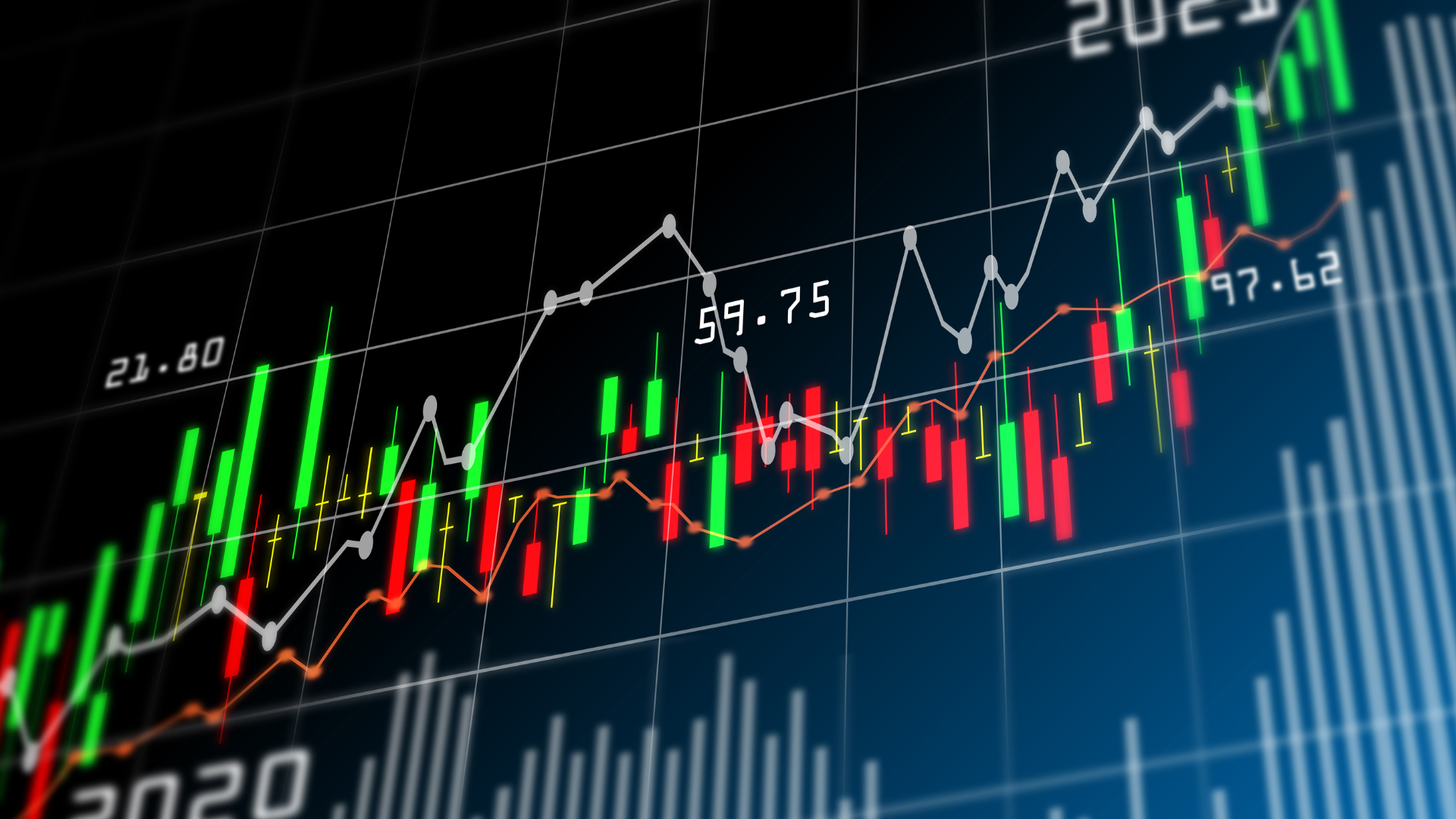Give Bonds a Chance
For most of the last decade, bond markets offered low risk and low returns. An investment in a 10-year Treasury bond, considered free from the risk of default, offered a yield of under 3% for most of recent history. In 2020, a 10-year Treasury bond had a yield of less than a 1%. The Fed’s low interest-rate policy and its resultant impact on the bond markets practically begged investors to take risks elsewhere. Those investors that did were well rewarded. Global equity indices returned 7% over the last decade while bonds offered a return of less than 1%. The outlook has changed significantly this year as the Fed embarked on a tightening campaign to cool demand and combat inflation.
Compared to other asset classes, forecasting bond returns is relatively straightforward. Generally, a bond’s yield at purchase approximates its expected return. While bond prices can be volatile, the purchaser is certain of what their profit will be, assuming the issuer meets its obligations, and the investor holds to maturity. Of course, the ability of issuers to meet their obligations is a consideration for future returns. On this front, most pundits believe any rise in defaults should be manageable. Indeed, the recent decline in bond prices are largely the result of higher yields in the marketplace.
Unlike equities, bond investors have no need to forecast earnings or to consider what is an appropriate multiple on earnings (a/k/a price-to-earnings ratio). If an investor intends to hold to maturity, there is only the yield and ability of the borrower to pay their bills to consider. For example, the chart below looks at the starting yields of 10-year Treasury bonds and their subsequent 10-year returns. The relationship, while imperfect, is clear. Today, with 10-year yields approximating 4%, the forward return of bonds is the highest since 2010.
Source: FRED St. Louis Fed
The expected return is even higher for investors willing to take on credit risk. For example, a portfolio of high-quality corporate bonds is currently yielding more than 5%. High-yield bonds (those with credit ratings below BBB) offer yields over 9% as of September 26th, 2022[1].
Investors subject to high tax brackets generate better after-tax returns in the municipal-bond market. A portfolio of high-quality issuers yields 3%, which translates to a taxable equivalent return of more than 5%. It doesn’t hurt that state and local governments are in the strongest fiscal position in decades. While municipal bonds are not entirely risk-free, they do have an excellent long-term track record. According to Moody’s[2], from 1970-2020, the default rate on investment-grade municipal bonds was 0.1% compared to 2.2% for similarly highly rated corporate bonds. For even higher potential returns, investors can stretch for high-yield municipals which offer yields-to-maturity of more than 5.5%, or 9.3%, on a tax-equivalent basis.
This is not to say that we believe other asset classes are unattractive. Longer-term, equities have generated much higher returns than fixed income. While we understand that this performance gap may narrow, we believe equities should maintain their advantage. Real assets continue to be a potential hedge against unexpected inflation. Finally, alternatives may also benefit from a higher interest rate environment. For these reasons, we are shifting our outlook across each of these asset classes to neutral and recommend that investors hold near their strategic targets.
The journey to higher bond yields has been painful for bond investors. However, we believe that expected returns for fixed income have improved materially. After a decade of investors taking on more risk to meet their return targets due to TINA (“There Is No Alternative”), we believe that today bonds may offer a credible challenge to other asset classes. Now is a good time for investors to consider rebalancing their long-term fixed-income allocations back towards target.
______________________________________________
[1] ICE BofA US High Yield Index Effective Yield (BAMLH0A0HYM2EY) | FRED | St. Louis Fed (stlouisfed.org)
[2] moodys-investors-service-data-report-us-municipal-bond.pdf (fidelity.com)
